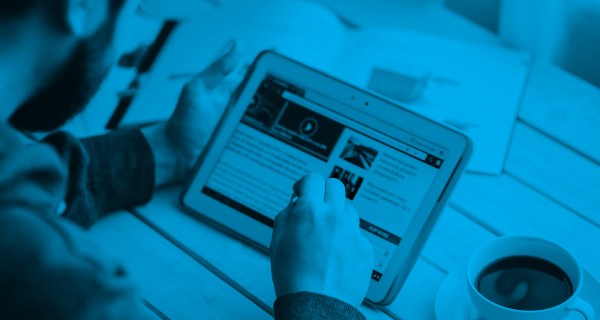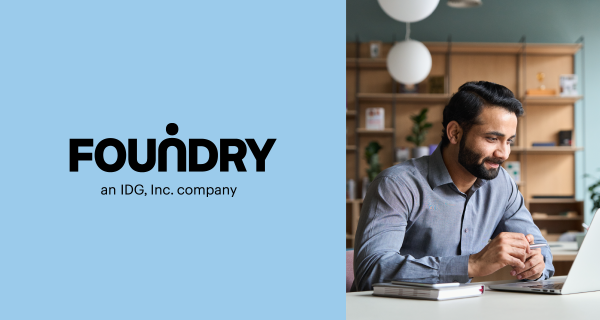After his post-DEMO 1999 acquisition of WeSync, Pete Brillo returned in 2008 with his new venture, Iterasi, saying, “I thought, how would I launch a company? And I just said, you know, I’ve got to go back to DEMO.”
From 1991 to 2014, the DEMO Conference, produced by IDG (parent company of Foundry), was a key event for the technology industry. This was a time of innovation and rapid change from the PC revolution to the introduction of the world wide web to mobile technology becoming ubiquitous. The companies appearing at DEMO represented the luminaries of the time. In the 90s: Computer Associates, Lotus, Apple, Intel, Microsoft and Adobe, AT&T, Intuit and Logitech. The early 2000s included Eloqua, Plantronics, Lenovo, GarageBand, LogMeIn, Real Networks, Citrix, Symantec, Trend Micro, Seagate, ZoomInfo, Roku, and Qualcomm. In the 2010s, Zoom, Ring Central, Waze, and many more.
The concept behind the DEMO conference was to foster growth and innovative development in the tech ecosystem by acting as a launching pad, providing innovators and new technology companies with a showcase in front of venture capitalists, industry analysts, journalists, and other professionals from the tech industry.
DEMO’s magic was in going deeper than the typical company pitch. It gave in-depth attention to new products. This meant people were seeing the future of tech before their eyes, essentially giving them early VIP access to the tech that would shape the industry, and tech companies weren’t trying to shrink their capabilities into a pitch but bringing the audience into their innovations with them hands-on.
After appearing at DEMO, many now-popular companies immediately took off. The conference became a defining moment for finding and becoming future technology stars. Companies like Palm, E*TRADE, Salesforce, TiVo, Waze, WebEx, Evernote, Fusion-io, and VMware launched products at DEMO that would go on to impact everything from cloud computing and online trading to digital personal assistants and video conferencing.
It served as an introduction to the world of products and companies that have become integral to the tech industry, and many startups directly got their funding right after their presentations at DEMO.
It was more than a gathering—it was the very spirit of the ’90s/2000s tech boom and the innovations that brought new vitality to the industry. Looking back on DEMO’s legacy, one sees that the impact goes beyond the companies it launched; it helped to cultivate an era of breaking barriers that still exist today.
Reintroducing DEMO
With today’s GenAI wave, it’s clear that tech innovation and disruption are far from stagnant, making it the right time to bring back DEMO on CIO.com. Since tech has also evolved how we work, consume content, and gain information, DEMO will be online in the form of engaging video content on CIO.com produced by the team at Foundry.
Here’s how we describe it:
“Sometimes you just want to see how products work. That’s the idea behind DEMO, in which technology vendors provide a “show and tell” experience of their new features or platforms, software, and hardware. Hosted by Keith Shaw, DEMO brings you the demonstration of a product, who it’s for, and how it works.”
Ready to see the first new wave of DEMO videos? Check them out here, featuring innovative companies doing amazing things with GenAI. DEMO will extend and expand to other product categories in the future, providing our audience of senior IT decision-makers with a look into the future of computing, a role we are very familiar with, going back over 60 years.



